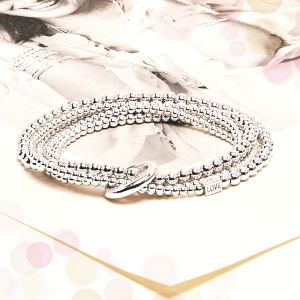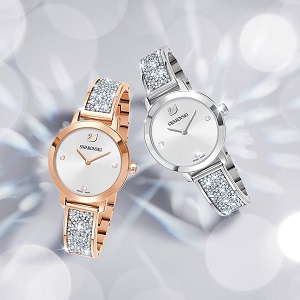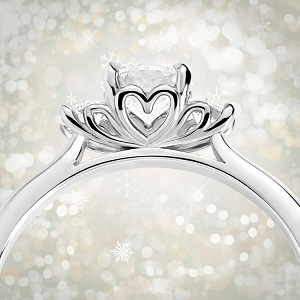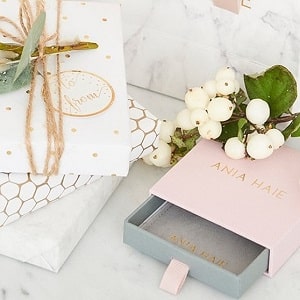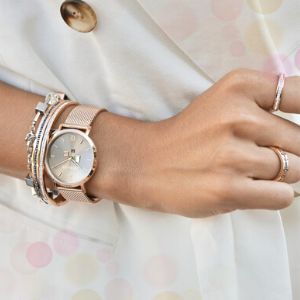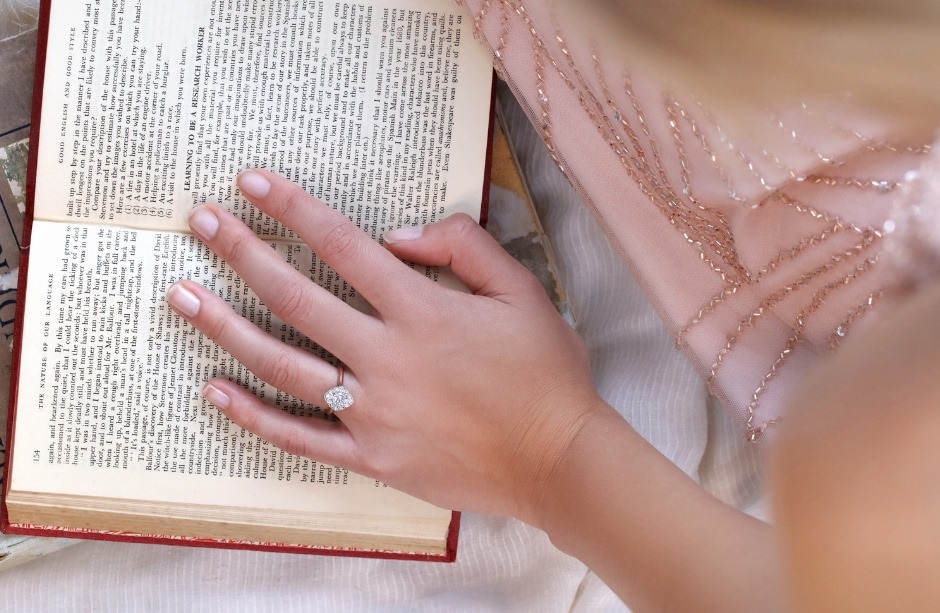20% Blue Light Card discount on full priced items
- Free UK delivery for orders over £25
- Complimentary packaging & gift message
- Express delivery £6.95
Wedding jewellery - making sense of metals
There's no denying it - choosing engagement and wedding rings is a big deal. You'll wear your wedding jewellery every day for years to come, so it's important to get it right.
What if you change your mind? What if it goes out of fashion? There are so many factors to consider - style, diamond cut and quality, and metal type.
It is thought that the first wedding rings made from woven reeds or leather were exchanged in Ancient Egypt.
Since then, yellow or white gold has been a traditional favourite for wedding jewellery, and even more recently platinum has taken over as one of the most popular metals.

Here are the most popular metals that you may wish to consider when designing your engagement, wedding and eternity rings.
Yellow Gold
Yellow gold has been a popular choice to use in wedding jewellery design for centuries. It is a classic metal which is practical both to wear and to repair or remodel.
Pure 24 carat gold is too soft to be used for jewellery, so it is combined with other stronger metals for jewellery.
It is most commonly made into 18 carat (75% gold) and 9 carat (37.5% gold) blends. 18ct gold is a good choice for wedding rings. It is durable enough to wear daily but also has a shiny yellow appearance and high gold content.
Yellow gold can be used to create the full setting of your ring, or as a part of the ring in a mixed metal design. Meghan Markle wears a ring with a white setting for the diamond, but a yellow gold band.

Why we love it: Timeless and classic, yellow gold is shiny and contrasts well with your diamonds, making them look extra white.
Find yellow gold engagement rings and yellow gold wedding rings at Niche Jewellery.
White Gold
White gold has a shiny, silvery tone. This is because yellow gold is mixed with a white metal or several white metals. For example, yellow gold with nickel, magnesium or palladium.
White gold became popular in the 1920’s with art deco style jewellery and is still favourite for wedding jewellery, including engagement and wedding rings.
White gold has long been seen as an affordable alternative to platinum. However, with recent fluctuations in metal prices sometimes there is very little difference between the price of white gold and the price of platinum.
One of the slight downsides to white gold is that it is often enhanced by rhodium plating to make it more silvery and bright. Rhodium plating can wear slightly over time, so white gold will start to appear more yellow in tone over time. After all, it does contain yellow gold.
Why we love it: White gold comes back to a shiny, brand new appearance with Rhodium plating.
Find white gold engagement rings and white gold wedding rings at Niche Jewellery.
Platinum
Platinum is known as the most expensive of the commonly used wedding jewellery metals because it is relatively more rare.
This metal has a soft, satin-like finish, and is naturally hypoallergenic, being perfect for sensitive skin. It is also hard, heavy and durable, making it a practical, hard wearing and classic metal for everyday jewellery such as wedding rings.
Platinum is particularly popular with brides and grooms for engagement and wedding rings. Its durability and strength make it brilliant for setting diamonds and other precious gemstones. Although platinum can scratch and become less shiny over time if it comes into contact with stronger materials, it can be easily re-polished.
Why we love it: Pure, silver-toned, hypoallergenic and hardwearing, platinum is the new 'gold standard' for wedding jewellery. As a bonus, the price of platinum has reduced relative to gold, so is now a more comparatively affordable metal.
Find platinum engagement rings and platinum wedding rings at Niche Jewellery.
Rose Gold
Rose gold engagement and wedding rings have become more popular with the increasing use of the metal in jewellery and its popularity as a tone in fashion, from mobile phones to shoes and nail polish. How does it get the pink hue? Rose gold contains copper to give it its rich, warm pink tone.
It can also look very striking with mix of two or more gold tones in the same band. For example, a traditional Russian wedding ring or as a stylish alternative to yellow and white gold. The colour of rose gold depends on the ratio of copper to gold, ranging from a soft pink to a deep red.

Why we love it: Feminine, a little bit different and very stylish, rose gold is a lovely alternative to the more traditional white or yellow gold designs.
Find rose gold engagement rings and rose gold wedding rings at Niche Jewellery.
Alternative Metals
Titanium and Palladium are both increasingly common metals for wedding jewellery. In particular, for men's wedding bands but they can be used in any rings. They have a very slightly different hue to Platinum, being a little less silvery-white. However, overall they look very similar.
Titanium rings are lightweight but durable, with a lustrous grey tone. Palladium is even harder than platinum and much more affordable. However, the strength of these metals means they are more difficult to cut and resize. This means they are more suited to plain bands than intricate designs.
Whichever metal you choose, we can help you to maintain and refresh your rings over time and keep them looking their best.
Browse a range of our engagement, wedding or eternity rings for more inspiration or contact us in store for friendly, helpful advice.




